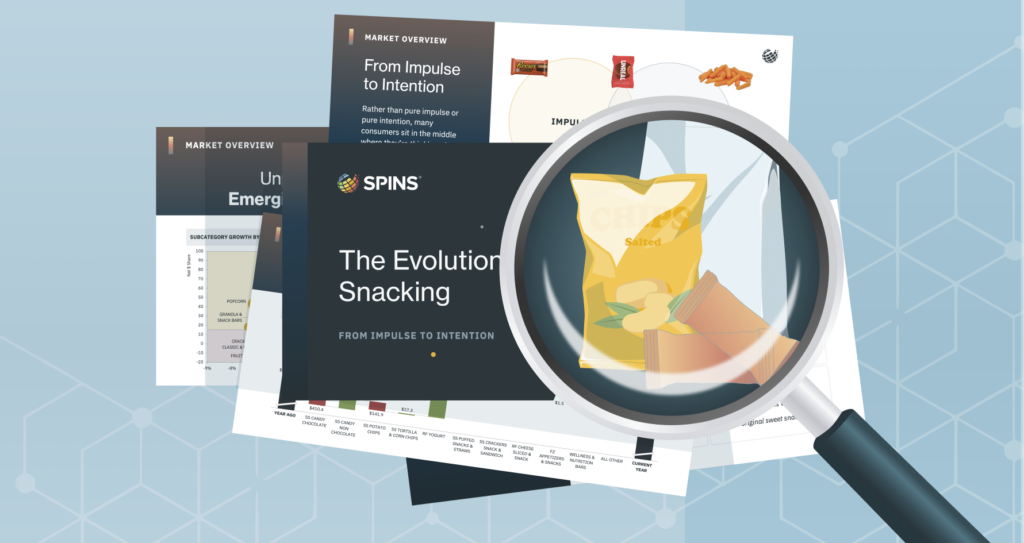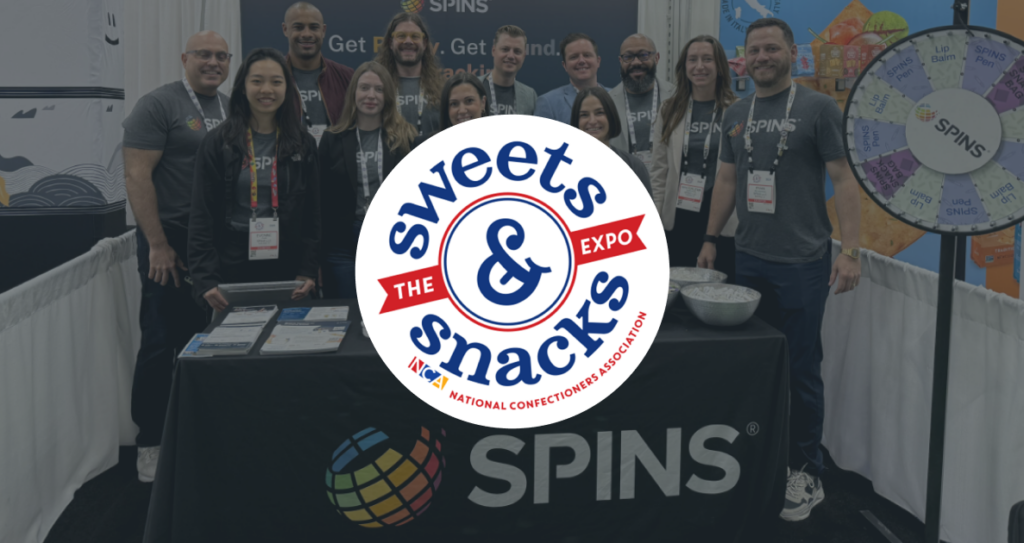Help Customers Adapt to Shifting Prices
As a retailer, you can’t ignore the reality that higher prices are having on your customers. Prices are increasing across industries, and we’re already seeing proof in the VMS aisle. They are stressed—coming off two unusually stressful years—and reprioritizing their expenses. Outside of the store, inflation is an inescapable topic in the news and with politicians. Right now, retailers have a unique opportunity to strengthen your relationship with shoppers by helping them discover the options that are available to them in stores and online.
Based on the 2007 financial crisis and the pandemic, shoppers have proven quick to adjust and determined to maintain their wellness goals. Here are 3 ways you can learn from that behavior and enable product discovery that will help their budgets:

1. Highlight Stable Prices in Better-for-You Products
Since the health and wellness market took shape, better-for-you products have earned a reputation as expensive—and rightly so. In the early years, these products frequently had a higher price point that led many shoppers to stick with more affordable conventional items. As wellness products spread into the mainstream and became more accessible to shoppers, some price points came down a bit but remained a bit higher than conventional options. Perhaps surprisingly, that higher pricing can be beneficial in times like these. During periods of inflation, the price differential shrinks, and shoppers begin to view better-for-you products as reasonable options.
Looking at SPINS data, we see that conventional prices are already rising more quickly than natural’s. From January 2021 to January 2022, the average retail price (ARP) increased 7 percent for all products but only 5% when you look only at Health and Wellness (HWI) products. Meanwhile, promotional dollars have declined significantly. From February 2019 to January 2022, all product promotion dollars have decreased by 13% but Health and Wellness promotion spend only decreased by 7%. As that price gap between conventional and HWI products shrinks, cost is less of a deciding factor for shoppers. Ensure these items are visible to shoppers who might otherwise assume they’re out of their price range.

2. Embrace the Strength of Better-for-You Products
During The Great Recession and once again throughout the pandemic, we saw shoppers adhere to their dietary and lifestyle preferences. For anyone who follows a keto diet, has certain allergies, or plant-based, they will continue to find products that align with their routine. Also, shoppers might cut back on expenses like vacations and designer clothes, but they can find affordable indulgences in the grocery store.
For shoppers who choose to cook more meals at home, they might opt for fresher ingredients or more frequent desserts. Similarly, spending less at bars can mean more at-home cocktails or glasses of wine from natural brands. Even in the body care aisle, shoppers can find opportunity for affordable self-care with higher quality toiletries and make-up. Shoppers are looking for ways to ease the stress in their lives—especially when everywhere they look, they’re bombarded with messages about inflation and the supply chain. Show them you have the better-for-you products that they’re looking for to treat themselves during these tense times.

3. Promote the Affordability and Quality of Private Label
Private labels have long been a convenient way for shoppers to select more affordable options for their pantry staples, especially during recessions and periods of inflations. During the pandemic, however, shoppers didn’t just substitute private label products to stretch their food budget—empty store shelves didn’t leave them much choice. As a result, they discovered that private label products are high quality and still affordable. Retailers have worked hard to establish their private labels as comparable (or better) to name brands while keeping the prices low. And they got innovative, expanding their product offerings along the way. Today, shoppers with any dietary needs or wellness goals can find private label options (e.g., organic, plant-based, cage-free) for a budget-friendly price without sacrificing quality. Right now, retailers have the opportunity to spread that message to shoppers who haven’t tried a private label product recently and don’t realize what a wealth of options await them.
Educate Shoppers and Enable Omnichannel Product Discovery
As retailers, you have the ability to help shoppers stretch their budgets and understand how they can still find the products they need and want. Right now, think about how the digital and brick-and-mortar experience educates shoppers and enables product discovery. Use in-store merchandising, educational eCommerce experiences, and attribute-driven insights to create a retail experience that enable product discovery at every customer touchpoint.





